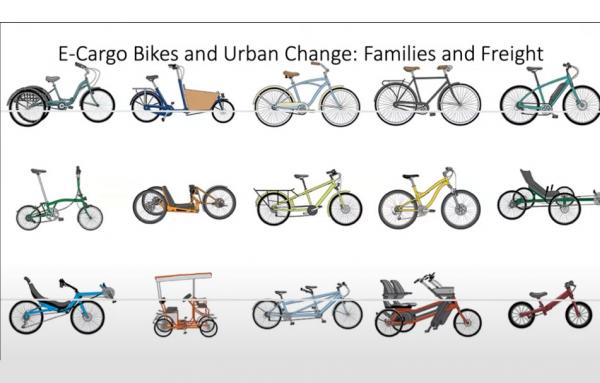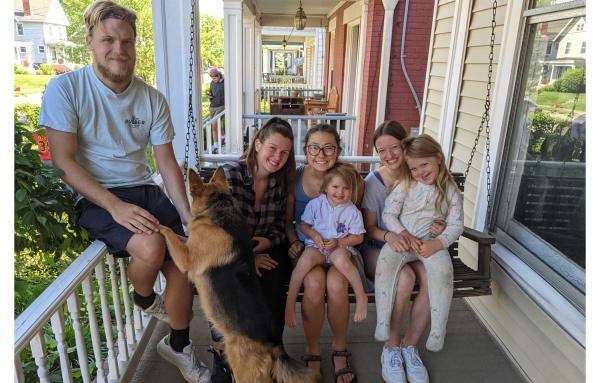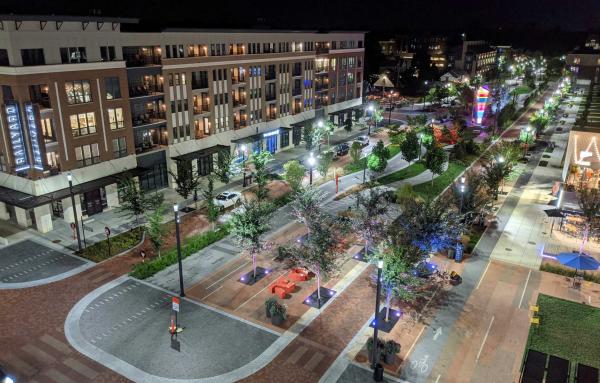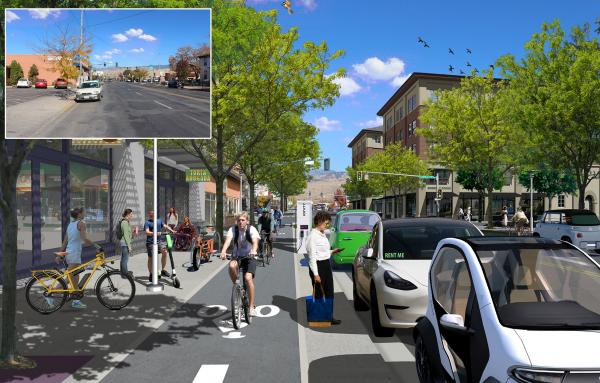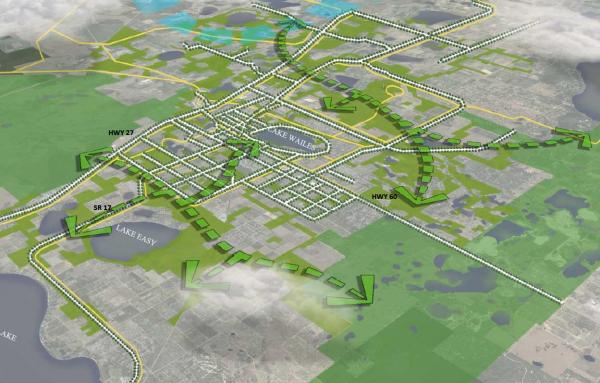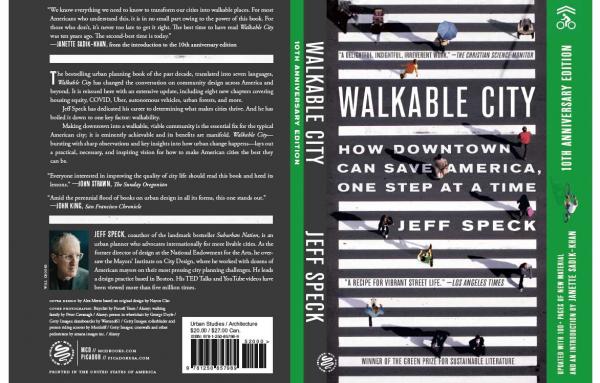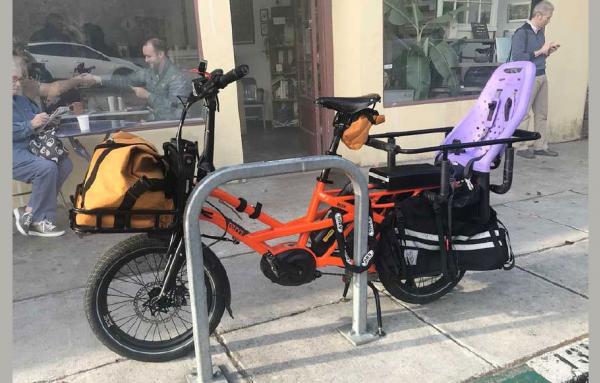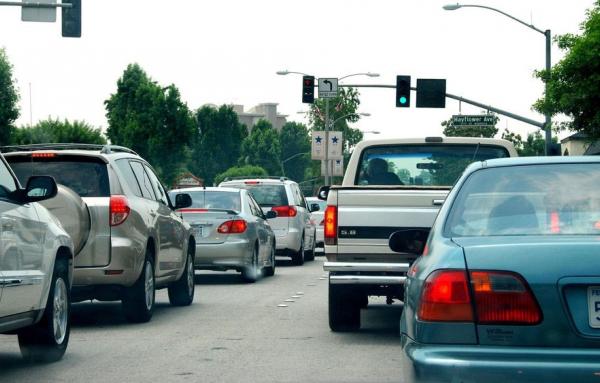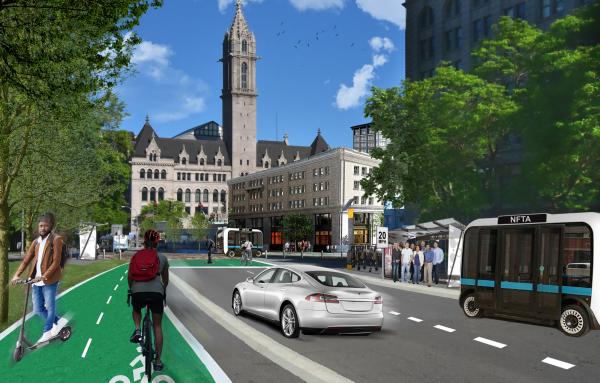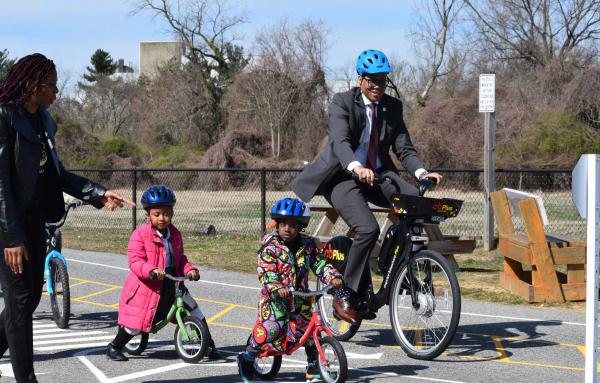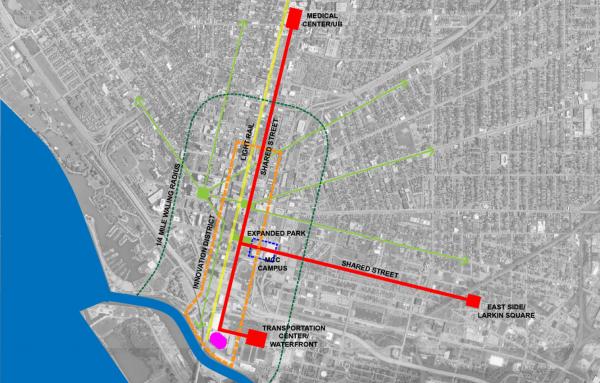Mobility
Author Dan Piatkowski explains that bicycles, especially e-bikes, are becoming a more important means of transportation and shaping cities as they grow.
CNU’s Legacy Project in Norwood, Ohio, examines strategies for connecting neighbors, neighborhoods, and the city as a whole to the larger region.
Here are 10 tactics to plan for better walkability with immediate implementation, improving safety and reviving a city center in the process.
Conceiving two tiers of travel suggests possibilities for sustainable mobility and a built landscape designed for it.
Lake Wales, Florida, has adopted a plan that puts active mobility at the heart of day-to-day life.
The 10th Anniversary Edition of Speck’s popular city planning treatise highlights the still-raging war over walkability and streets designed for cars.
Electric powered bicycles may or may not be cool, but they expand access to the daily and weekly necessities of life while avoiding the many costs of driving.
The factors leading to traffic are more complex than most people think—a still-simple but more accurate formula shows shows why compact neighborhoods are the solution, not the problem.
The City of Buffalo, Stantec, and CNU have created a roadmap for how mobility can power an equitable future in 21st century cities.
A second-grade bike education program in DC also informs children about street networks and helps them to understand their community.
A new report looks at autonomous vehicles and other advancing mobility technologies with recommendations on how they can be used to create more livable communities.
The city is testing new mobility technologies to promote economic development and placemaking for the 21st Century.
